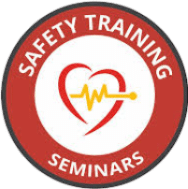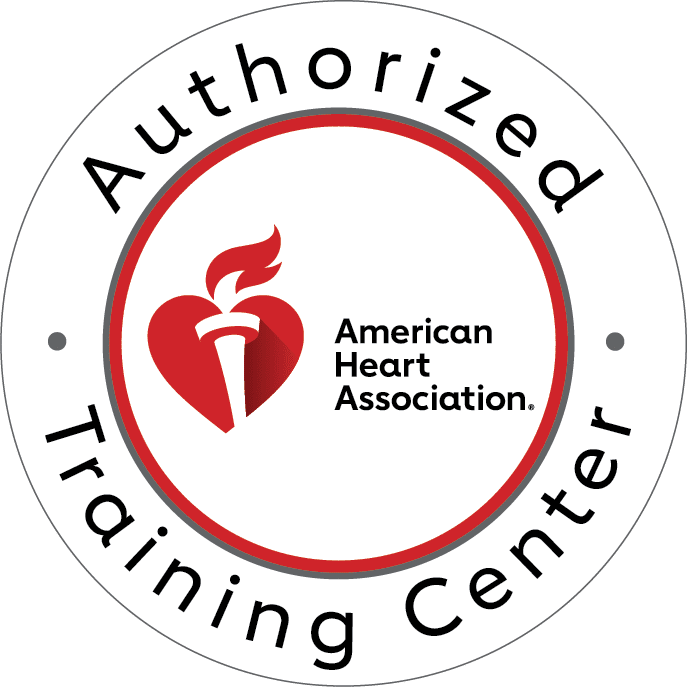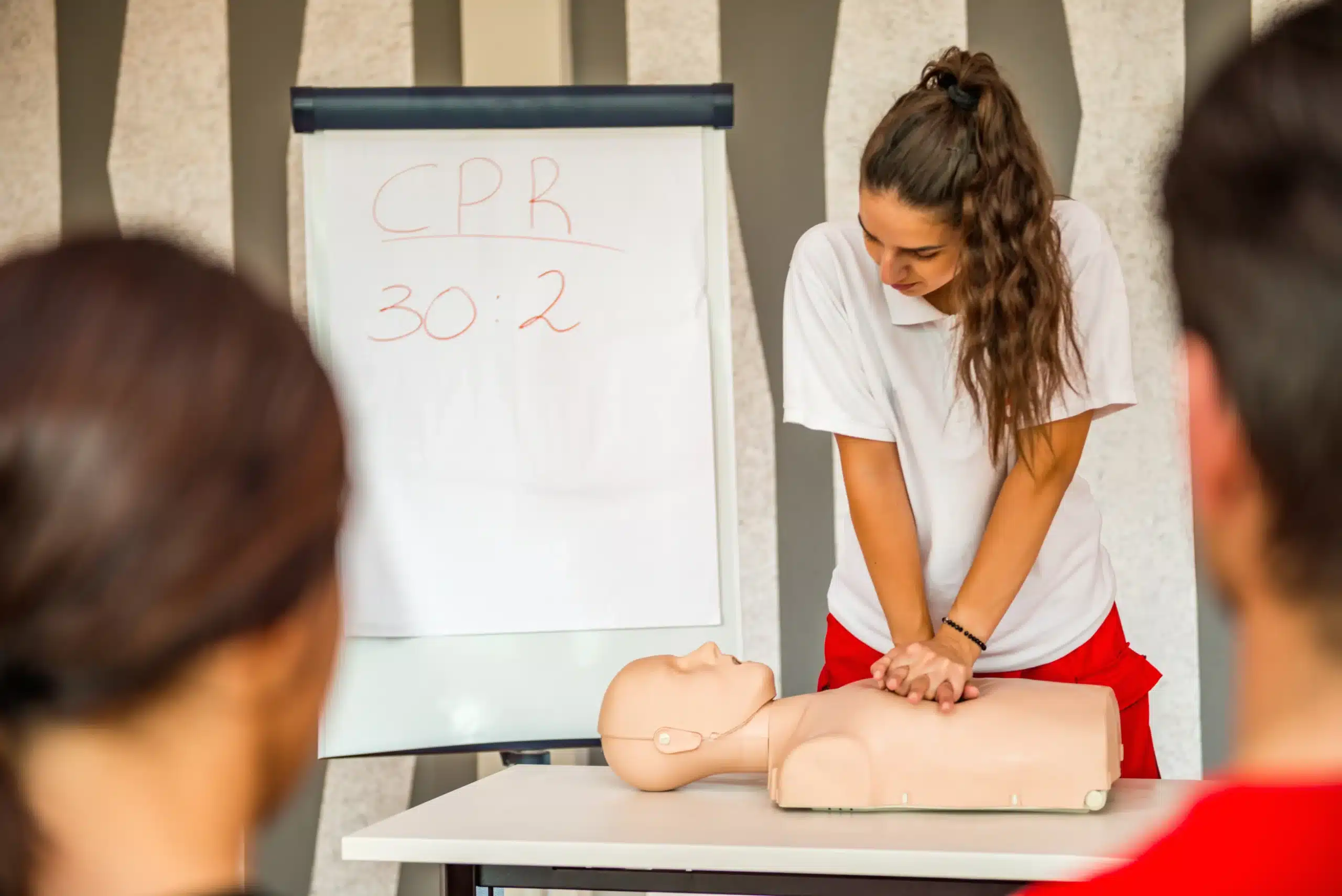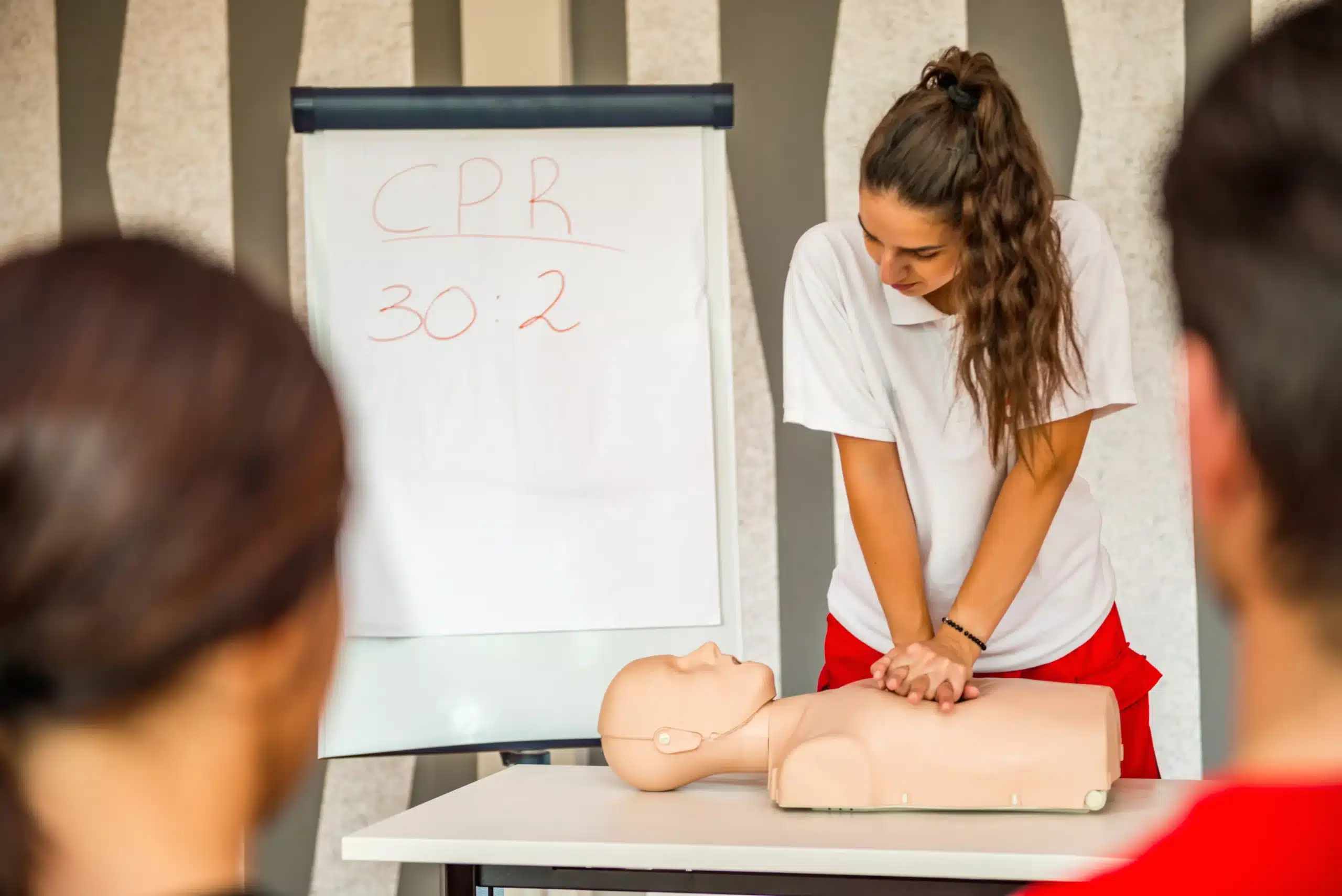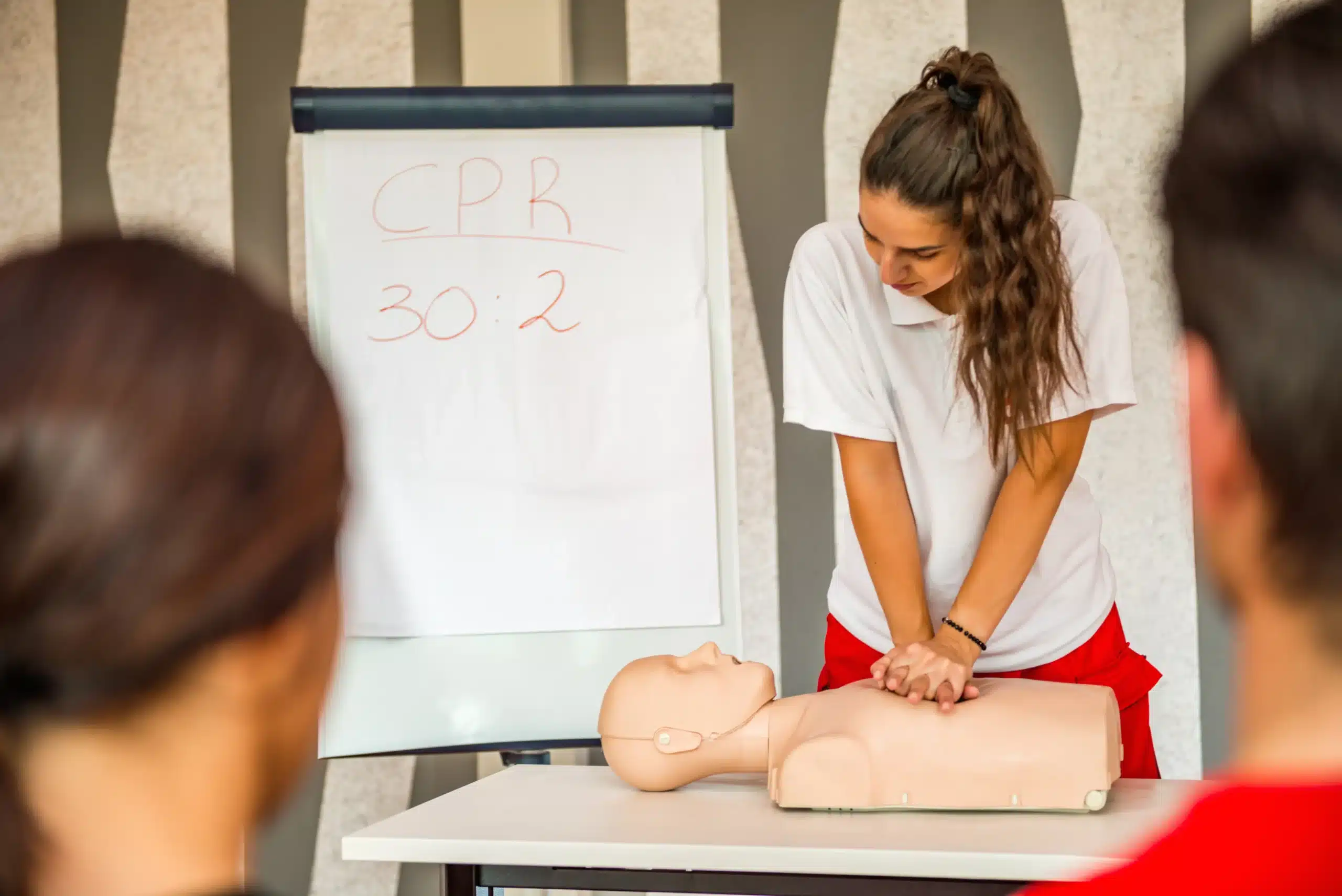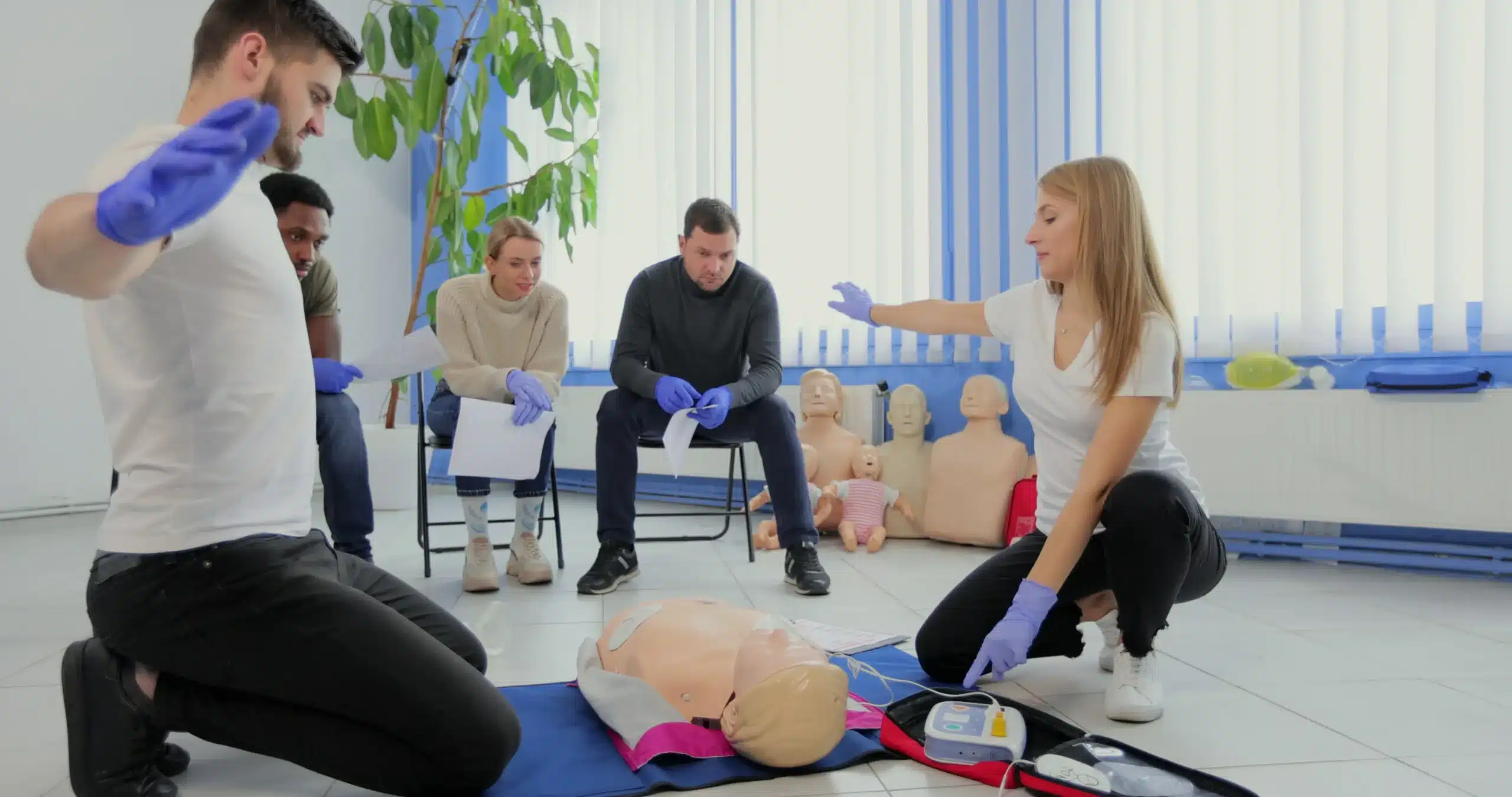Cardiac emergencies are unpredictable and often life-threatening. Cardiopulmonary Resuscitation (CPR) plays a pivotal role in turning the odds of survival in favor of the victim. Whether you’re a trained healthcare professional or a concerned bystander, knowing how to perform CPR could save a life.
This post explores the life-saving potential of CPR, its history, and its importance not only in healthcare settings but also for public safety. By understanding these points, you’ll see why this critical skill is an asset for everyone.
What Is CPR and Its Role in Healthcare
CPR, or Cardiopulmonary Resuscitation, is a lifesaving procedure performed when someone’s heart stops beating or they stop breathing. The primary goal? To restore oxygen and blood flow to vital organs until advanced medical care can be administered.
The Process of CPR
CPR combines two essential actions:
- Chest Compressions – Rhythmic pressing on the chest helps maintain blood flow to the heart and brain.
- Rescue Breaths – Administering breaths ensures oxygen reaches the lungs, supporting circulation.
This straightforward yet crucial process bridges the gap between the emergency and the arrival of trained professionals or automated equipment like defibrillators. CPR is versatile—it can be applied in hospitals, homes, or any public setting where emergencies occur, making it invaluable not just for healthcare professionals but also for the general public.
A Brief History of CPR
CPR has evolved immensely since its inception, driven by innovation and medical research.
- 1740s – The Paris Academy of Sciences recommended mouth-to-mouth resuscitation for drowning victims.
- 1891 – Dr. Friedrich Maass performed the first documented chest compression in humans.
- 1956 – Mouth-to-mouth resuscitation was popularized thanks to Drs. Elam and Safar.
- 1960 – The American Heart Association (AHA) formally endorsed CPR, combining chest compressions with rescue breaths.
Modern Evolution
Recent improvements focus on efficiency and accessibility:
- Hands-only CPR for bystanders to simplify the process.
- Introduction of automated external defibrillators (AEDs), which guide users through the resuscitation process.
These advancements have made CPR a widespread practice that’s effective in saving lives.
The Importance of CPR in Saving Lives
Emergencies like cardiac arrests are time-sensitive, with survival rates dropping by 10% for every minute CPR is delayed.
Startling Statistics to Know
- Nearly 70% of cardiac arrests occur at home.
- Bystander CPR can double or even triple the chance of survival.
- Without intervention, brain damage starts within 4–6 minutes after the heart stops beating.
The Chain of Survival
CPR is a critical link in the “Chain of Survival,” a series of steps designed to maximize the chances of recovery:
- Early recognition of cardiac arrest.
- Immediate initiation of CPR.
- Rapid defibrillation using an AED.
- Effective advanced medical care.
- Post-cardiac arrest care.
This chain illustrates how CPR serves as an irreplaceable foundation for life-saving intervention.
The Role of Healthcare Professionals in CPR
Healthcare workers form the first line of defense in emergencies. Their role is indispensable—not only because of their access to advanced medical tools but also because of their expertise in performing high-quality CPR.
Ongoing CPR Training for Healthcare Professionals
Healthcare professionals, including nurses, paramedics, and hospital administrators, must undergo regular CPR certification to stay effective. Advanced CPR techniques, such as Basic Life Support (BLS) and Advanced Cardiovascular Life Support (ACLS), allow them to manage complex scenarios seamlessly.
A well-trained healthcare team embodies the difference between recovery and an irreversible medical outcome.
CPR Training and Certification
Obtaining CPR certification has never been more accessible, thanks to credible organizations like the American Heart Association (AHA).
How to Get CPR Certified
Search for Credible Providers – Look for AHA-authorized centers or online platforms offering blended courses.
Select the Right Type of Certification – Depending on your needs, opt for:
- CPR & First Aid (general public).
- BLS (Basic Life Support for healthcare workers).
- PALS and ACLS (for advanced medical emergencies).
Attend the Training – Most CPR classes combine hands-on training with interactive online modules that fit into your schedule.
Get Tested and Certified – Complete the final skills assessment to earn your CPR certification.
Through platforms like Safety Training Seminars, you can explore AHA-certified courses tailored to your expertise and goals.
Why the Public Should Learn CPR
Cardiac emergencies don’t wait for professionals. Equipping the general public with CPR skills reduces dependency on healthcare workers and increases survival rates.
Debunking Myths About CPR
There are many misconceptions about CPR, and it’s essential to address these barriers to action.
Common Misconceptions
- Myth: “Only certified professionals should attempt CPR.”
- Reality: Even untrained bystanders following hands-only instructions can dramatically increase survival rates.
- Myth: “Performing CPR can hurt the victim.”
- Reality: While chest compressions may cause rib fractures, saving a life takes precedence over temporary injuries.
- Myth: “If I can’t do it perfectly, it’s better not to try.”
- Reality: Any attempt is better than doing nothing. CPR administered even with imperfect technique can sustain life until help arrives.
Breaking these myths down empowers more people to act confidently during emergencies.
Equip Yourself with the Skill to Save Lives
CPR’s legacy as a life-saving tool underscores its importance in healthcare and public safety. Whether you’re a healthcare worker needing advanced training or a concerned individual aiming to reduce preventable deaths, learning CPR is an undeniable act of responsibility.
Key Takeaways
- CPR is versatile, bridging the gap between life and professional medical care.
- Its methods and accessibility have evolved, making it essential for everyone to learn.
- Healthcare workers must stay proficient, while public involvement is necessary to tackle the high rates of out-of-hospital cardiac arrests effectively.
If you haven’t earned your CPR badge of honor yet, now’s the time. Visit Safety Training Seminars in Concord to explore AHA-certified courses like CPR and First Aid, Basic Life Support (BLS), Pediatric Advanced Life Support (PALS), and Advanced Cardiac Life Support (ACLS). Together, we can save more lives—one heartbeat at a time.
